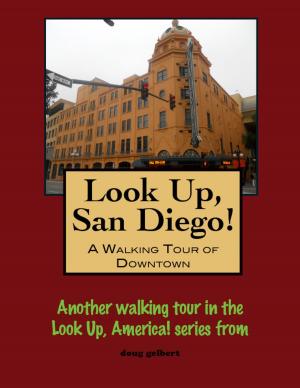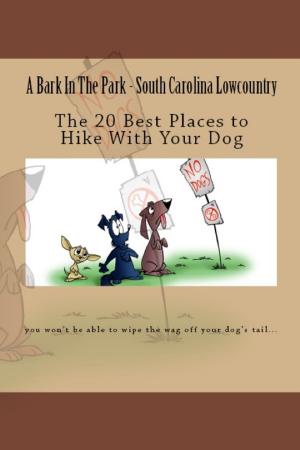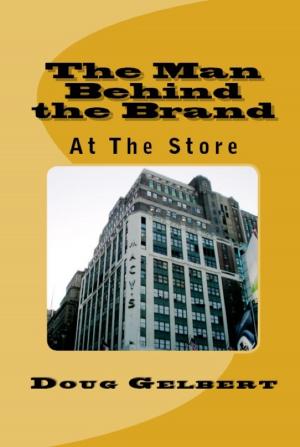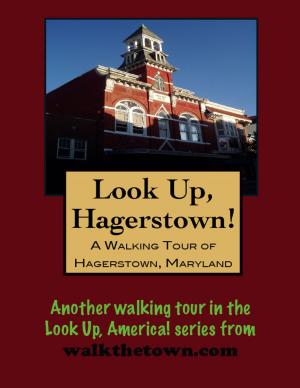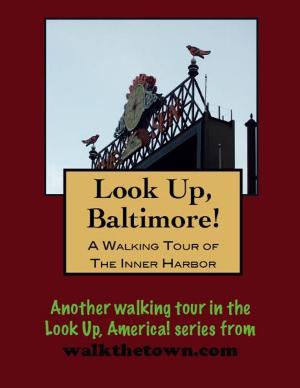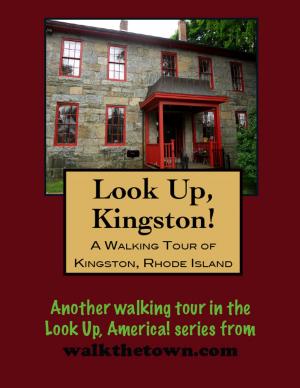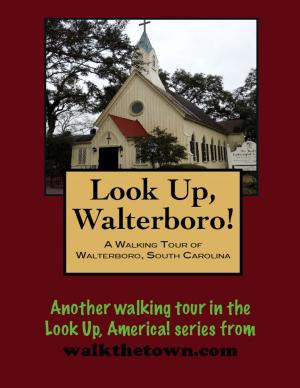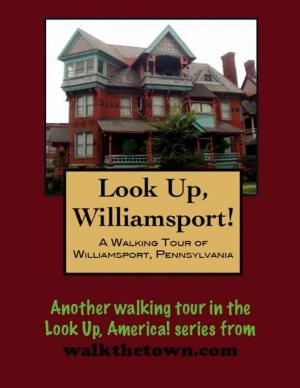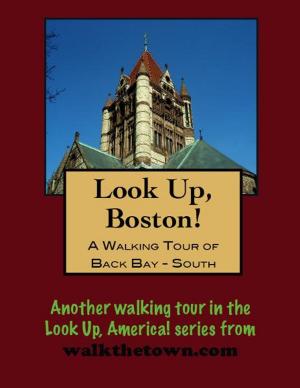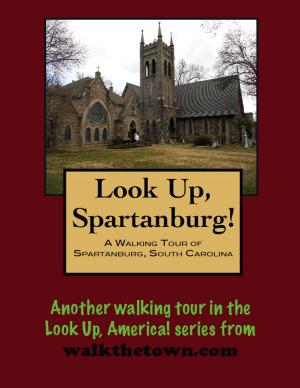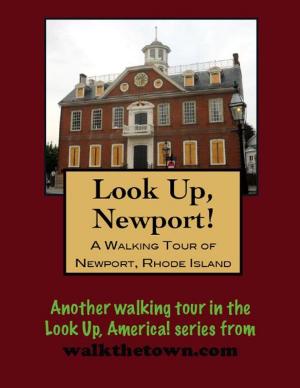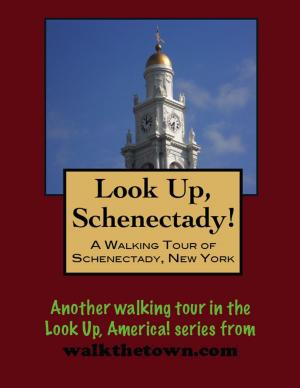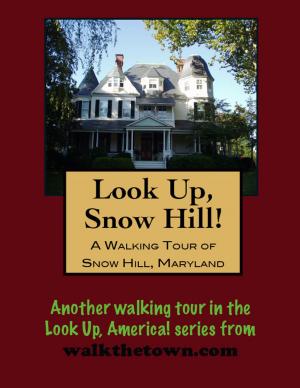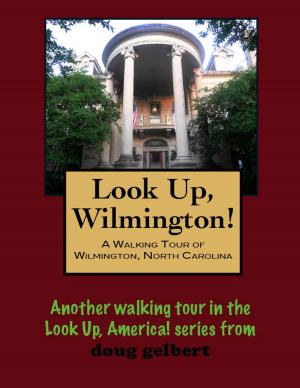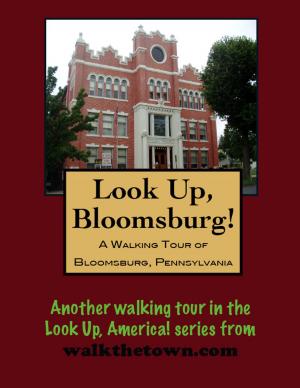| Author: | Doug Gelbert | ISBN: | 9781458107671 |
| Publisher: | Doug Gelbert | Publication: | February 11, 2011 |
| Imprint: | Smashwords Edition | Language: | English |
| Author: | Doug Gelbert |
| ISBN: | 9781458107671 |
| Publisher: | Doug Gelbert |
| Publication: | February 11, 2011 |
| Imprint: | Smashwords Edition |
| Language: | English |
There is no better way to see America than on foot. And there is no better way to appreciate what you are looking at than with a walking tour. Whether you are preparing for a road trip or just out to look at your own town in a new way, a downloadable walking tour is ready to explore when you are.
Each walking tour describes historical and architectural landmarks and provides pictures to help out when those pesky street addresses are missing. Every tour also includes a quick primer on identifying architectural styles seen on American streets.
Uniontown is unusual for Western Pennsylvania towns in that it did not grow on a navigable river and it is also unique for having not one boom, but two. The first great growth spurt took place from 1811 to the 1850s with the construction of the National Road from Cumberland, Maryland to Wheeling, West Virginia and eventually into Illinois. Uniontown became an important stop on the road, with stagecoach factories, stage and wagon yards, stables and blacksmith shops and at least a dozen taverns to serve weary travelers. After the railroad reached Wheeling in 1852 the National Road gradually diminished in importance and devolved into a local market road. How quiet did it become in Uniontown? Only eight building extant in the historic district were built between 1860 and 1880.
Then came the coal and coke boom and Uniontown bubbled with activity for the next 50 years, until the Great Depression. The existence of soft, bituminous coal in the region had been known since Henry Beeson settled here and built a mill on Redstone Creek in 1768. But when the hungry mills in Pittsburgh demanded coke distilled from coal to make steel they turned to the cola fields in their back yard, which just happened to possess immense deposits of the best metallurgical coal in the world. Uniontown had three major mines and tens of thousands of beehive coke ovens nearby but its principal contribution was as the operational and financial center of the coal and coke industry. These new coal barons liked to build - in 1912 Uniontown counted in its downtown nine banks, 13 theaters and 14 hotels.
That’s not the Uniontown you will experience today. Our walking tour of the quieter streets of the 21st century will begin at the site of the boyhood home of one of the 20th century’s most accomplished men, a place that has been transformed into Uniontown’s Gateway...
There is no better way to see America than on foot. And there is no better way to appreciate what you are looking at than with a walking tour. Whether you are preparing for a road trip or just out to look at your own town in a new way, a downloadable walking tour is ready to explore when you are.
Each walking tour describes historical and architectural landmarks and provides pictures to help out when those pesky street addresses are missing. Every tour also includes a quick primer on identifying architectural styles seen on American streets.
Uniontown is unusual for Western Pennsylvania towns in that it did not grow on a navigable river and it is also unique for having not one boom, but two. The first great growth spurt took place from 1811 to the 1850s with the construction of the National Road from Cumberland, Maryland to Wheeling, West Virginia and eventually into Illinois. Uniontown became an important stop on the road, with stagecoach factories, stage and wagon yards, stables and blacksmith shops and at least a dozen taverns to serve weary travelers. After the railroad reached Wheeling in 1852 the National Road gradually diminished in importance and devolved into a local market road. How quiet did it become in Uniontown? Only eight building extant in the historic district were built between 1860 and 1880.
Then came the coal and coke boom and Uniontown bubbled with activity for the next 50 years, until the Great Depression. The existence of soft, bituminous coal in the region had been known since Henry Beeson settled here and built a mill on Redstone Creek in 1768. But when the hungry mills in Pittsburgh demanded coke distilled from coal to make steel they turned to the cola fields in their back yard, which just happened to possess immense deposits of the best metallurgical coal in the world. Uniontown had three major mines and tens of thousands of beehive coke ovens nearby but its principal contribution was as the operational and financial center of the coal and coke industry. These new coal barons liked to build - in 1912 Uniontown counted in its downtown nine banks, 13 theaters and 14 hotels.
That’s not the Uniontown you will experience today. Our walking tour of the quieter streets of the 21st century will begin at the site of the boyhood home of one of the 20th century’s most accomplished men, a place that has been transformed into Uniontown’s Gateway...

